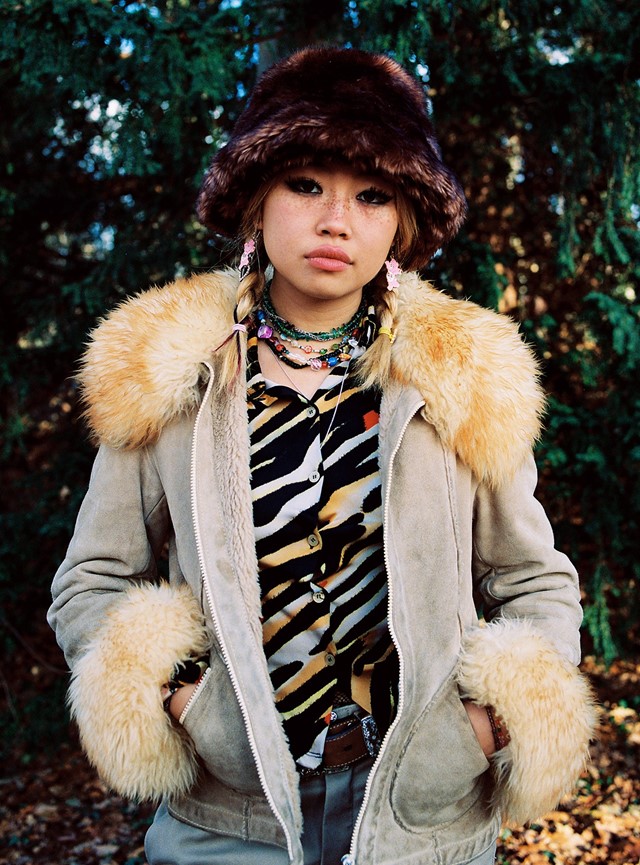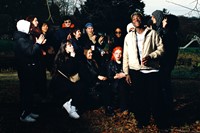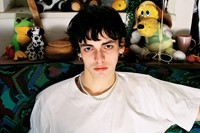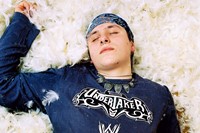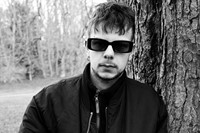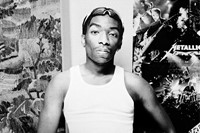The musician talks us through her latest video, Last Day On Earth, which follows a decadent, end-of-the-world-style party in the French countryside
In the video for Beabadoobee’s latest single, Last Day On Earth, we are transported to a raucous, drug-fuelled end of the world party. We see kaleidoscopic visions of fireworks, flushing toilets and overflowing ashtrays. We see vomit, sweat-soaked hotboxes, and frenzied car sex. In this reality, there is only one night left to party – and everyone is determined to make the most of it. “Last Day On Earth was inspired by the pandemic,” explains Beabadoobee, real name Beatrice Laus. “I wrote it from the perspective that I knew that the pandemic was coming. It’s a bit of a loose story about all the things you’d do on your last day before everything changes.”
The single, which came out earlier this year, follows Laus’ 2020-released debut album Fake It Flowers. Although the latter only came out in October, the Filipino-British songwriter has been keeping busy: she spent much of the last lockdown with Matty Healy and George Daniel of The 1975, creating new music in the Oxfordshire countryside. Last Day On Earth is a sneak peek of this collaboration and is taken from her forthcoming new EP, Our Extended Play.
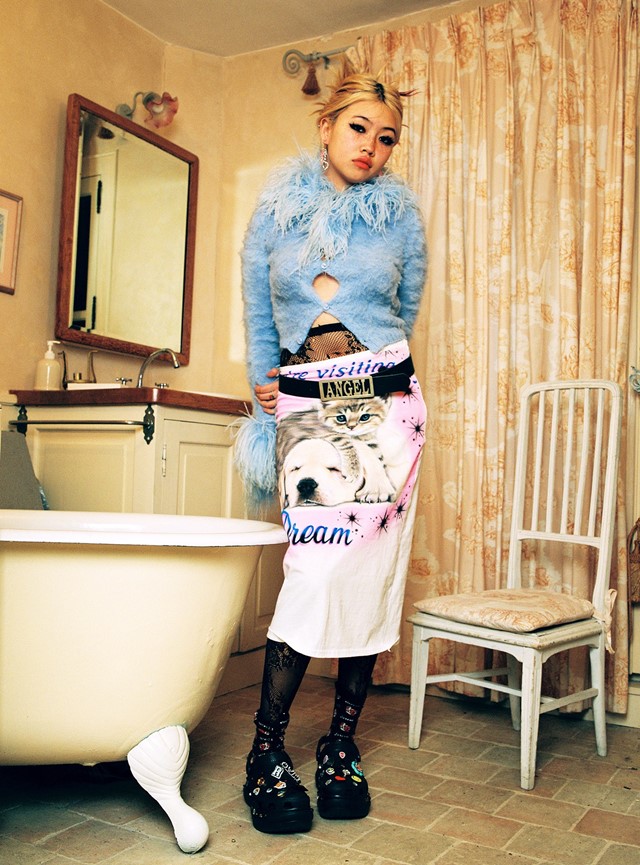
Up to this point, Laus has become known for her love of nostalgia – Fake It Flowers was described by the singer as having “end of 90s movie vibes” – and Last Day On Earth carries on with that tradition. Sonically, there are layered echoes of late 80s shoegaze, jangle-pop and 90s alt-rock, with cascading guitars and sleepy, obscured vocals. The influences can also be seen in the video’s aesthetic, which swings between late 90s grunge (at one point we see the singer in a slouchy mohair cardigan, relaxing by a giant Kurt Cobain poster) and early 00s romcoms. In fact, according to Laus, the video was partly inspired by the messy teen hedonism of the 00s British TV Show, Skins.
Arnaud Bresson of Division Paris, who directed the Last Day On Earth video, says that creating a tangible sense of nostalgia – brought to life through inventive editing and propulsive pacing – was a key part of the video’s brief. “I tried to imagine scenes that I could have experienced during my adolescence,” he says. “Since I am a man of the 90s, this era speaks to me. I really had the feeling of reliving my youth in the south of France.”
Bresson and Laus worked together to create a film that felt as “realistic” as possible. After agreeing on the overall vision, they began casting young Parisians who were already fans of Laus. “It was important for me that the whole cast looked like a group of friends, so we asked them to introduce us to their friends,” says Bresson. “My main decisive factor was their motivation to want to be part of the project. I didn’t want it to look like a fashion show, everything had to feel real and I think we’ve succeeded.”
The video ended up being shot in winter, on the rural outskirts of Paris. Because of the pandemic, there were some challenges: Bresson says that the creative team had to be reduced, while Laus says that much of Paris was a “ghost town“ (though, naturally, she was happy that the city’s vintage shops remained open). “My favourite parts of shooting on set must have been the party scenes with all the cast,” says Laus. “There was a really amazing energy of real friends and cool Parisian kids coming together in an old house in the countryside.”
“I think that in the end, the pandemic restrictions turned into a strength,” adds Bresson. “Every teenager who was present felt the need to party hard and to live this moment as if it was the last. Honestly, their energies were crazy! This shoot felt like a real party.”
